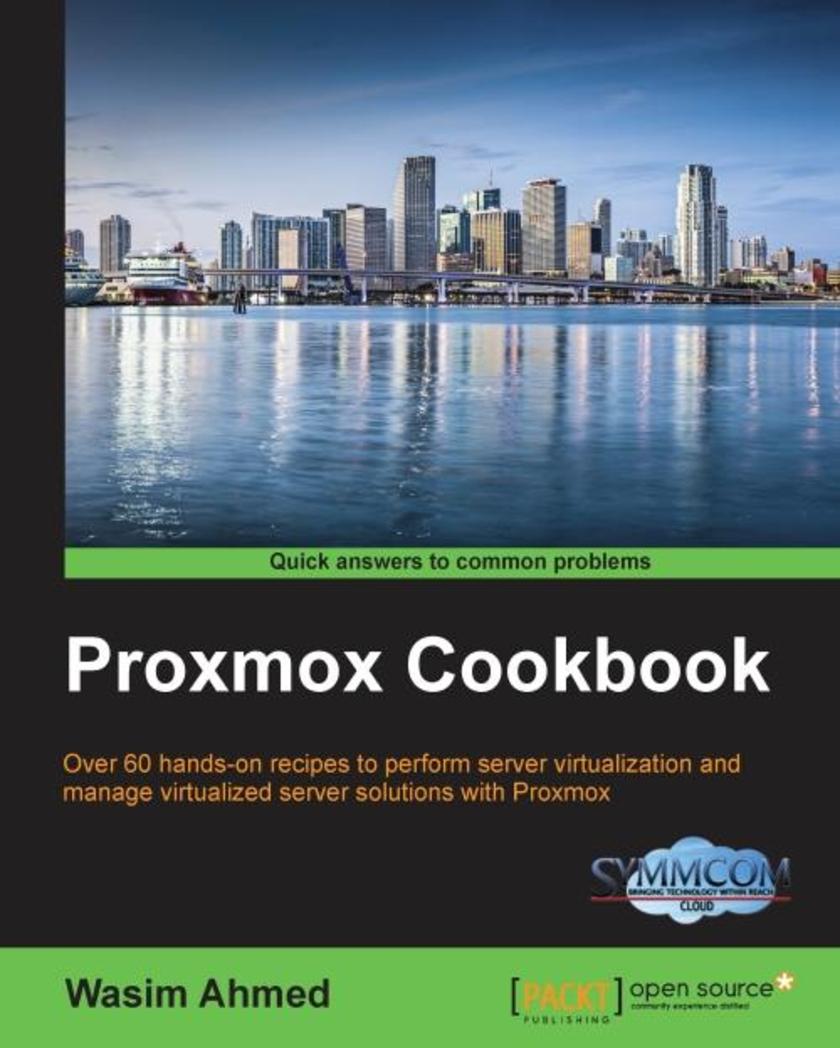
Proxmox Cookbook
¥90.46
This book is perfect for system administrators who want to learn how to implement and administer Proxmox VE environments. Since this book will not cover the basics of Proxmox, a basic understanding of virtualization and networking with the Proxmox VE is required.
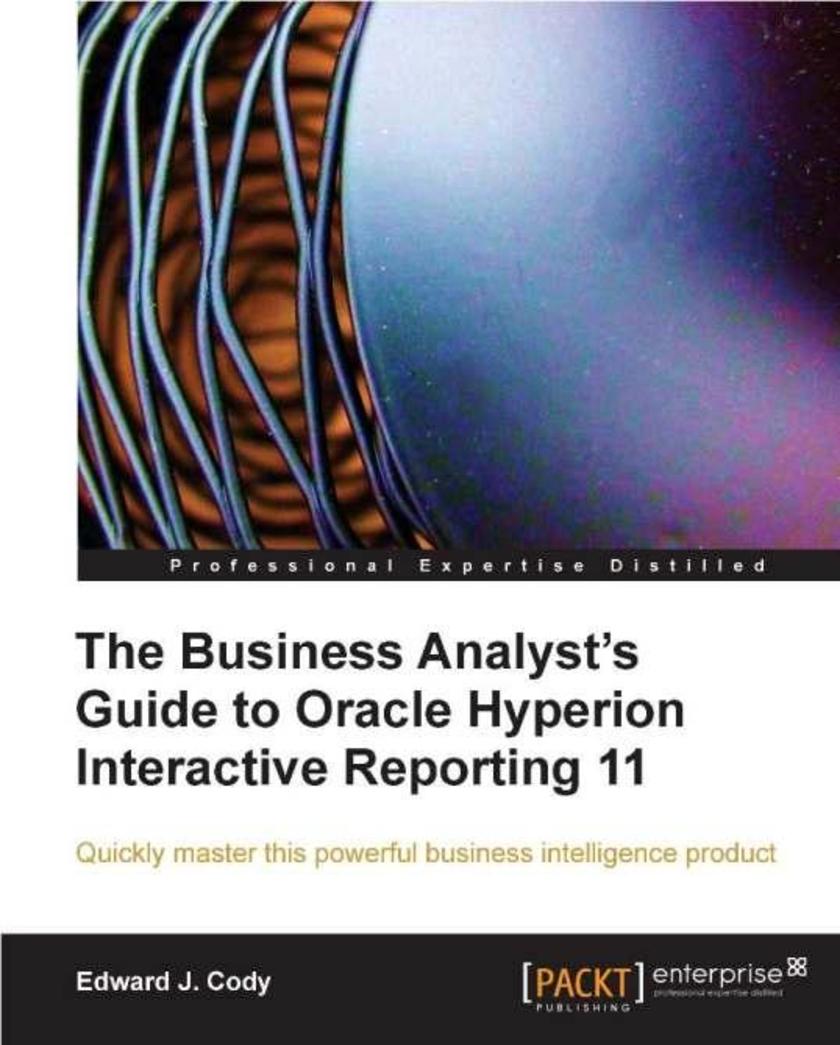
The Business Analyst's Guide to Oracle Hyperion Interactive Reporting 11
¥90.46
This is a hands-on walkthrough, from gathering information to creating a report to the presentation sections. It helps you to get accustomed to the software and gives an in-depth understanding of how to easily unleash the powerful functionality of the software. As a result you will be able to use the powerful functionalities of Oracle Hyperion Interactive Reporting 11 to drive important business decisions. The style of the book allows you to use it as a guide to walk through each chapter or as reference material while you work with the software. This book is for all Oracle Hyperion Interactive reporting users from novice to advanced. If you find yourself struggling while using this tool or you are new to the tool, this book will guide you through and make the learning process incremental.
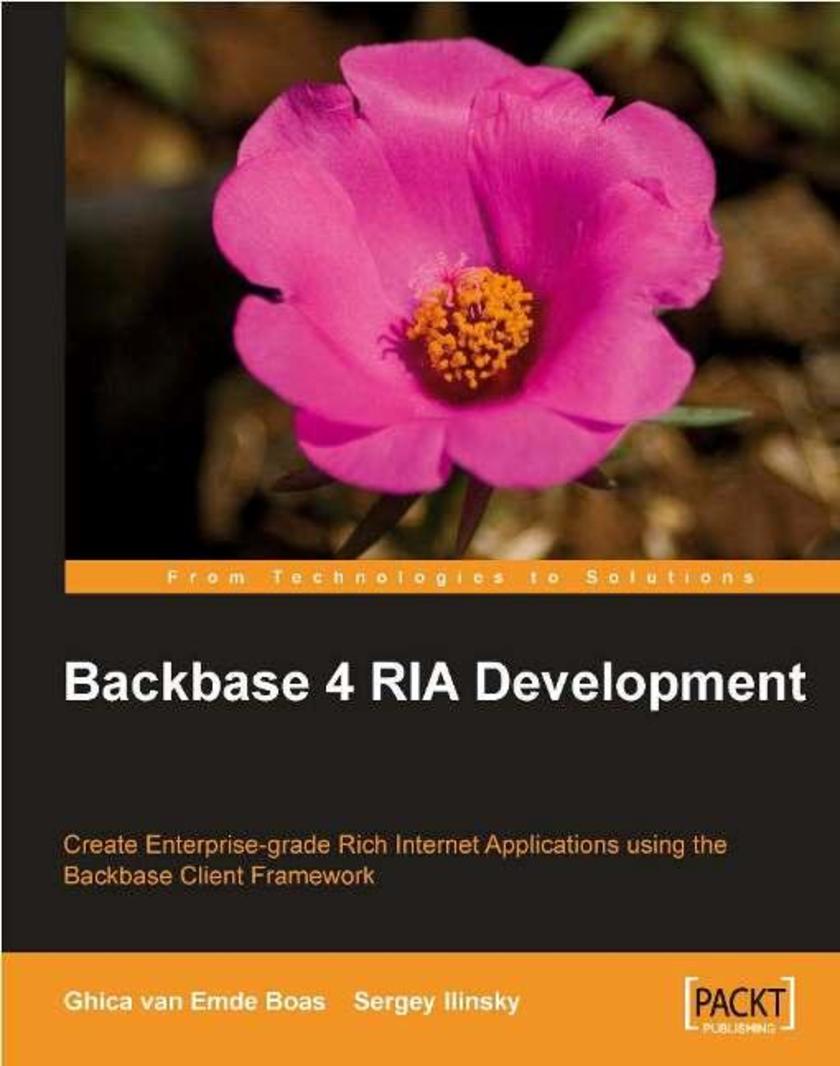
Backbase 4.4.x RIA Development
¥90.46
This is a practical book, where every example is tested and all source code is available with the book. Each chapter ends with work on a sample application using the new things learned. At the end of the book there is a complete, usable Travel Blog application. This book is for web developers who want to develop applications using the Backbase Client Framework. It may also be interesting for web developers and web application architects who want to know more about XML-based web application architectures.
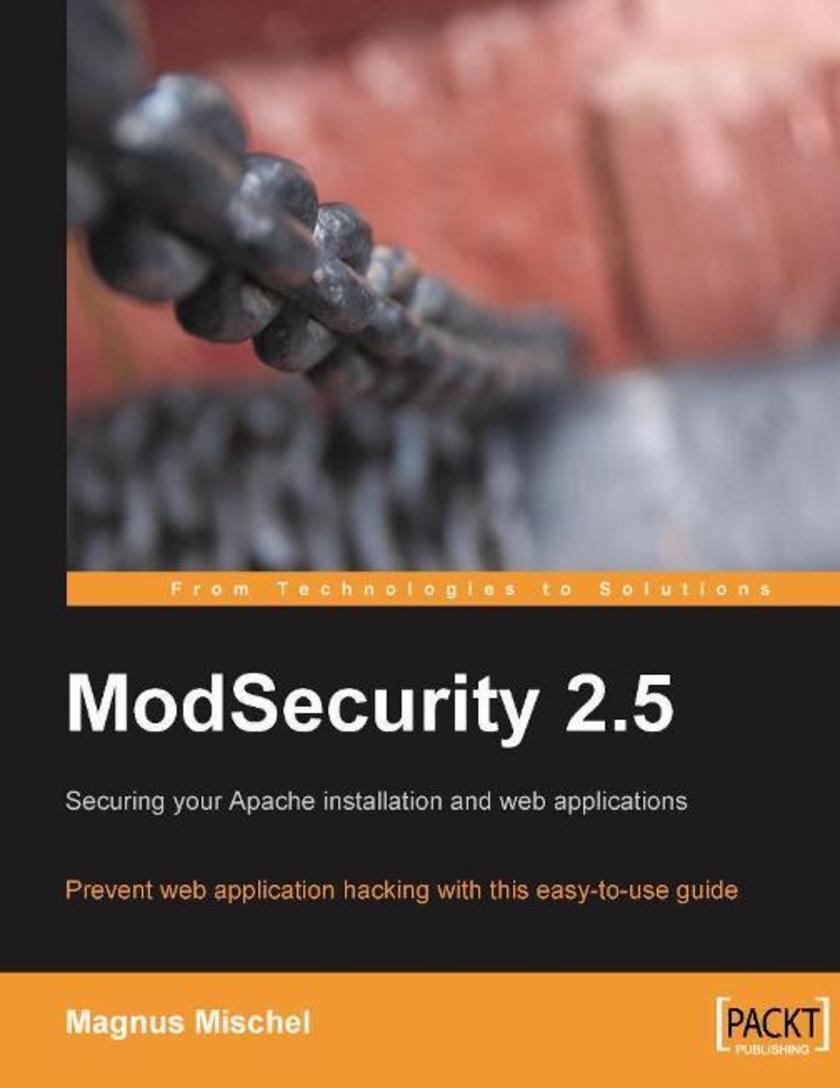
ModSecurity 2.5
¥90.46
This book teaches ModSecurity from the beginning to anyone with basic Linux skills. It starts by focusing on introducing ModSecurity, and explaining the concept of ModSecurity rules and how to write them. Later, it looks at the performance of ModSecurity and what sort of impact ModSecurity has on the speed of your web application. This book is written for system administrators or anyone running an Apache web server who wants to learn how to secure that server. It assumes that you are familiar with using the Linux shell and command-line tools, but does its best to explain everything so that those who are not Linux experts can make full use of ModSecurity.
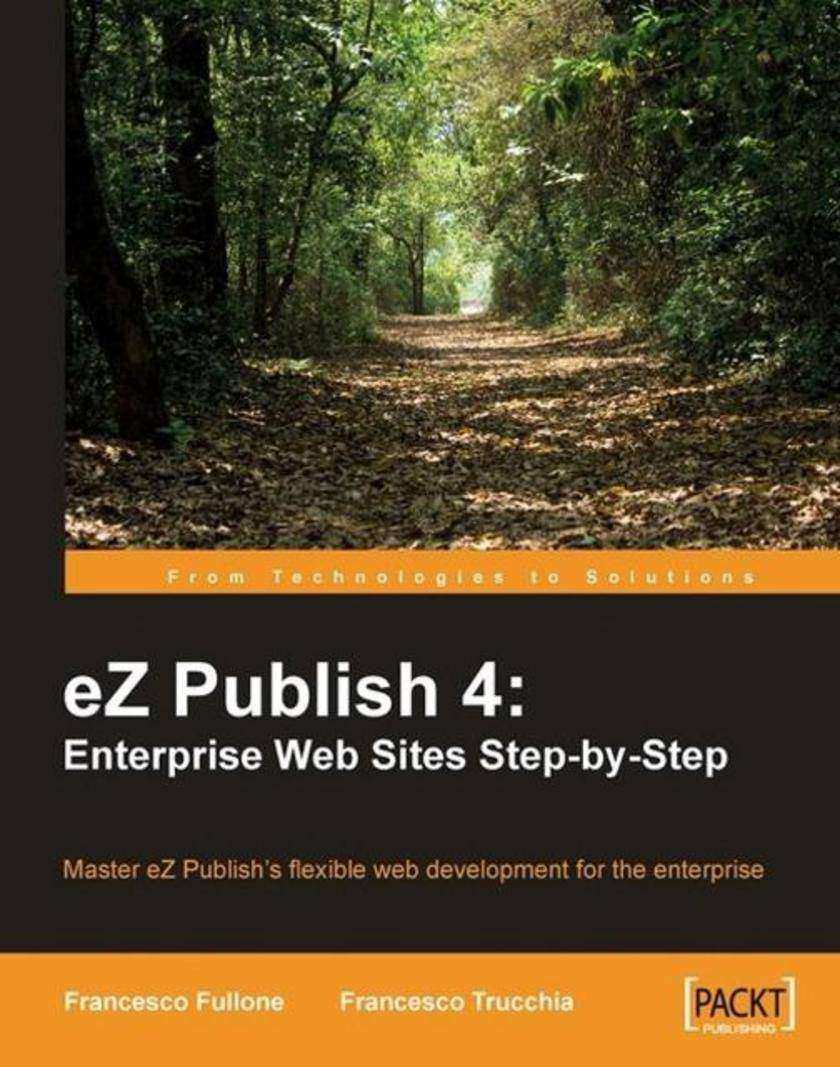
eZ Publish 4: Enterprise Web Sites Step-by-Step
¥90.46
The book is a carefully structured, practical, step-by-step guide to overcoming the trials and tribulations of building an eZ Publish enterprise web site. Each chapter will be based on a three-layer approach. Firstly, it teaches the techniques and principles required to fulfill the needs of our site, then it goes deep in the CMS approach to fulfill them. Lastly, example code and step-by-step screenshots are used to dig deeper. This book is written for beginners to eZ Publish who need to work on an enterprise-level site with a complex publishing workflow. This book is best for people who want to use eZ Publish from scratch without hard-core programming skills. Even if you are not a PHP-guru, and you don't want to study eZ Publish core functionality – this book is for you. In general, however, you'll get more out of the book if you know a little PHP, have some concept of Object-Oriented Programming, and have a general familiarity with CMS concepts.
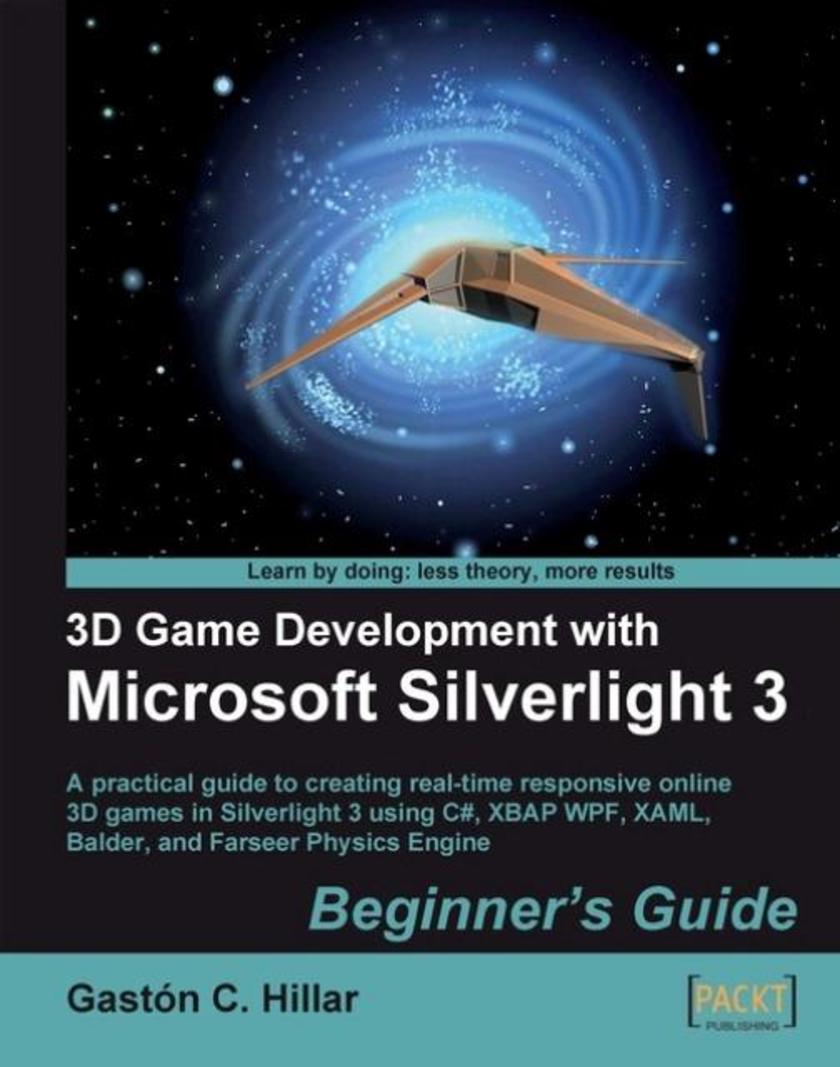
3D Game Development with Microsoft Silverlight 3: Beginner's Guide
¥90.46
This book takes a step-by-step approach to building a complete interactive 3D game using Silverlight and enhancing it through its related technologies. The book focuses on practical examples and has a friendly approach, with the opportunity to learn by experiment and play. It uses illustrations, screenshots, and interactive experiences to understand the most complex topics related to the 3D scenes. This book is designed primarily for C# developers with basic knowledge of the Visual Studio IDE who want to develop online 3D games using Silverlight or create interactive 3D scenes for a web site with animated models. No prior experience in 3D programming, 3D animation, or Silverlight is required. The book is also aimed at 3D developers who want to improve their online content, offering innovative 3D models in action.
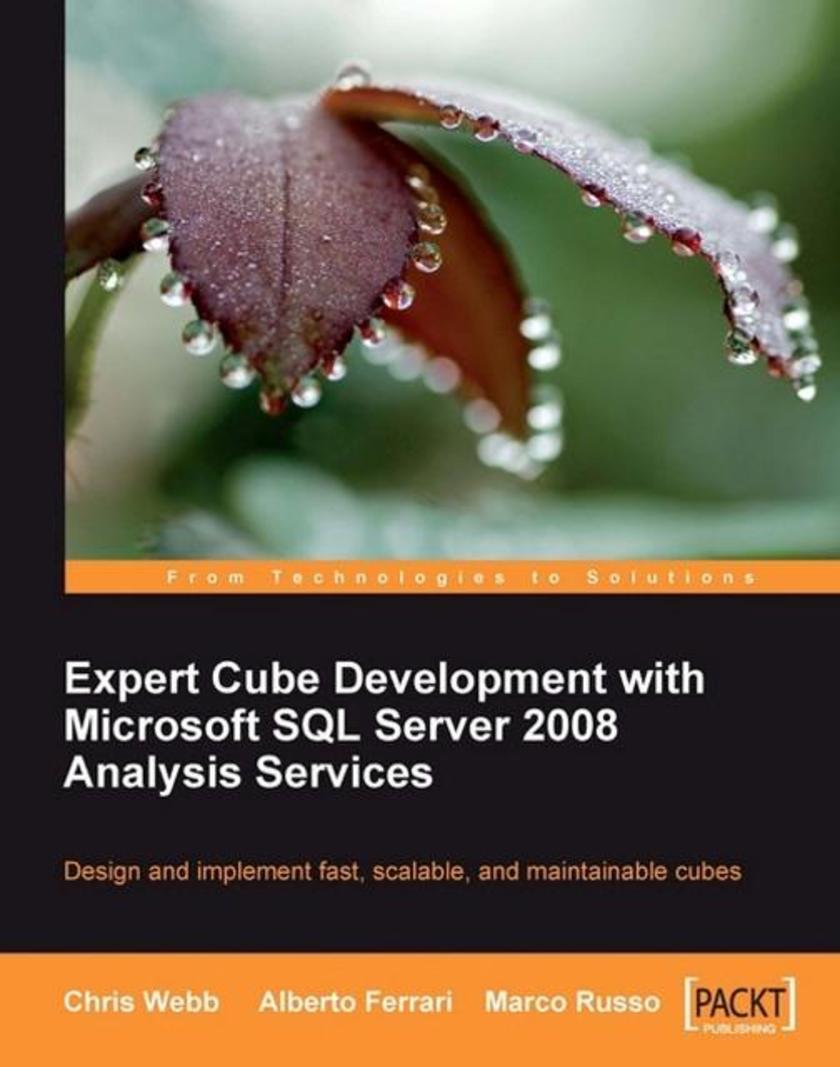
Expert Cube Development with Microsoft SQL Server 2008 Analysis Services
¥90.46
This is a practical tutorial for Analysis Services that shows readers how to solve problems commonly encountered while designing cubes, and explains which features of Analysis Services work well and which should be avoided. The book walks through the whole cube development lifecycle, from building dimensions, cubes and calculations to tuning and moving the cube into production. This book is aimed at Analysis Services developers who already have some experience but who want to go into more detail on advanced topics, and who want to learn best practices for cube design.
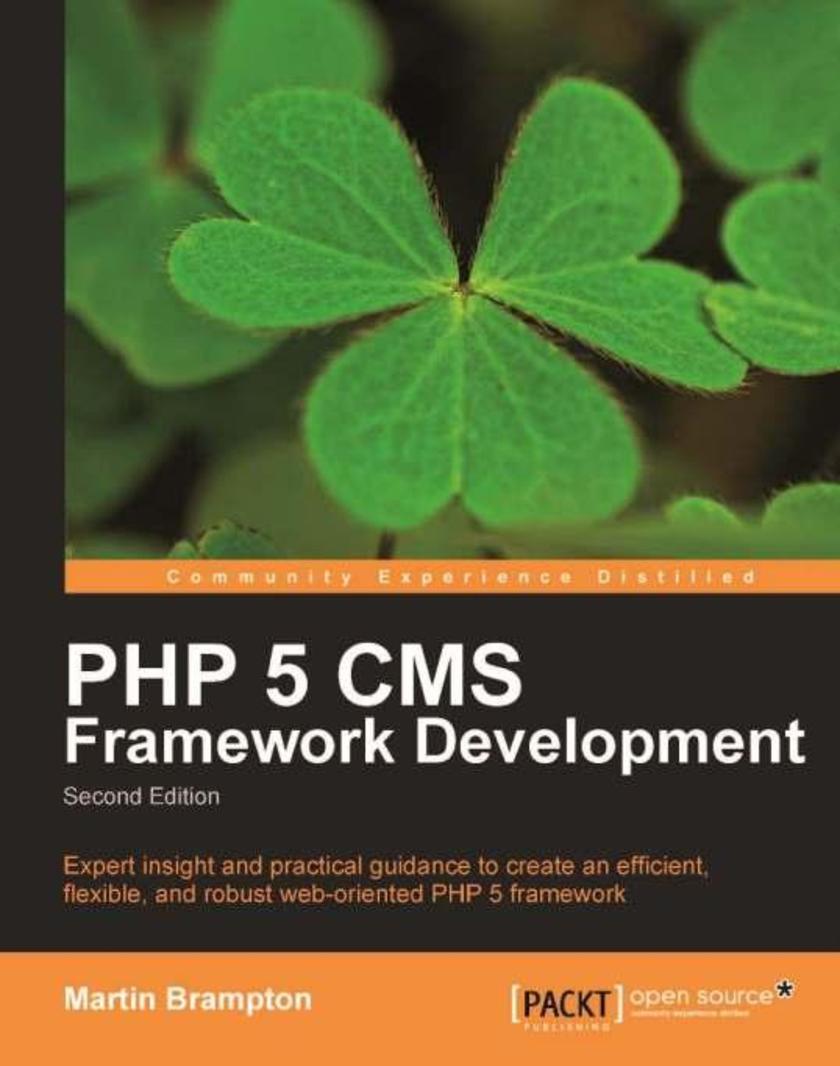
PHP 5 CMS Framework Development - 2nd Edition
¥90.46
The book includes extensive discussion of the design issues, and how to overcome them in the framework. Each chapter of the book focuses on a particular requirement of the framework. The book will not present the total code for a framework, which requires many thousands of lines. But it does show the parts that raise critical design or implementation issues. For these, detailed explanation is given, leaving the less problematic parts to the code download itself. If you are a professional PHP developer who wants to know more about web oriented frameworks and content management systems, this book is for you. Whether you already use an in-house developed framework or are developing one, or if you are simply interested in the issues involved in this demanding area, you will find discussion ranging from design issues to detailed coding solutions in this book. You are expected to have experience working with PHP 5 object-oriented programming. Examples in the book will run on any recent version of PHP 5, including 5.3.

Practical Plone 3: A Beginner's Guide to Building Powerful Websites
¥90.46
This is a beginner's practical guide that doesn't involve any code or programming concepts. You will learn by pointing and clicking on the options available in front of you. It includes easy-to-follow instructions and screenshots that will guide you through creating a powerful website. Each chapter stands alone and you need not go through all the chapters. You can pick and choose depending upon your requirements. If you want to get a Plone site up and running quickly and don't want to get involved in programming, this book is for you. This book is aimed at beginners, who want to configure and customize Plone to meet their content management needs. The book doesn't expect programming skills, although some knowledge of fundamental web concepts such as HTML and HTTP may be helpful.
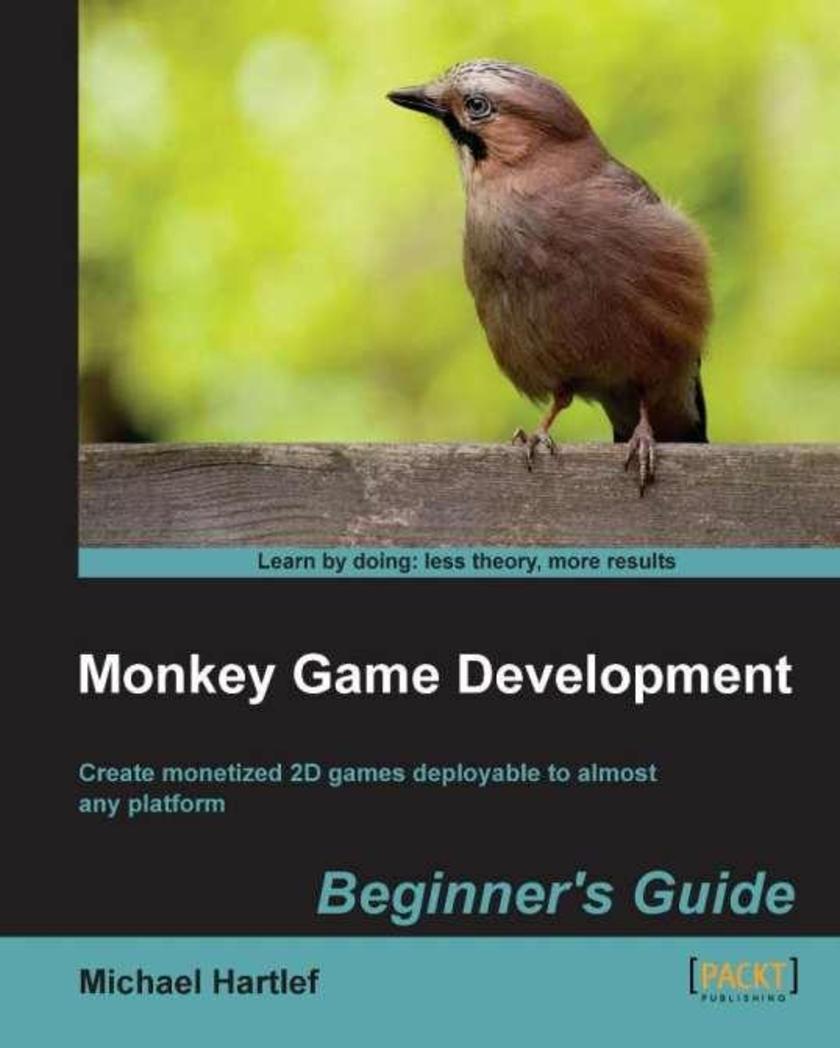
Monkey Game Development Beginners Guide
¥90.46
The first two chapters will provide you with grounding in Monkey. In each subsequent chapter you will create a complete game deployable to either iOS, Android, HTML5, FLASH, OSX, Windows and XNA. The last chapter will show you how to monetize the games so you can be commercially successful in the app development world. Do you want to quickly create games deployable to all the major desktop and mobile platforms?, if so look no further. You will learn how to utilize the highly versatile Monkey compiler to create 2d games deployable almost anywhere. No game development or programming experience is required.
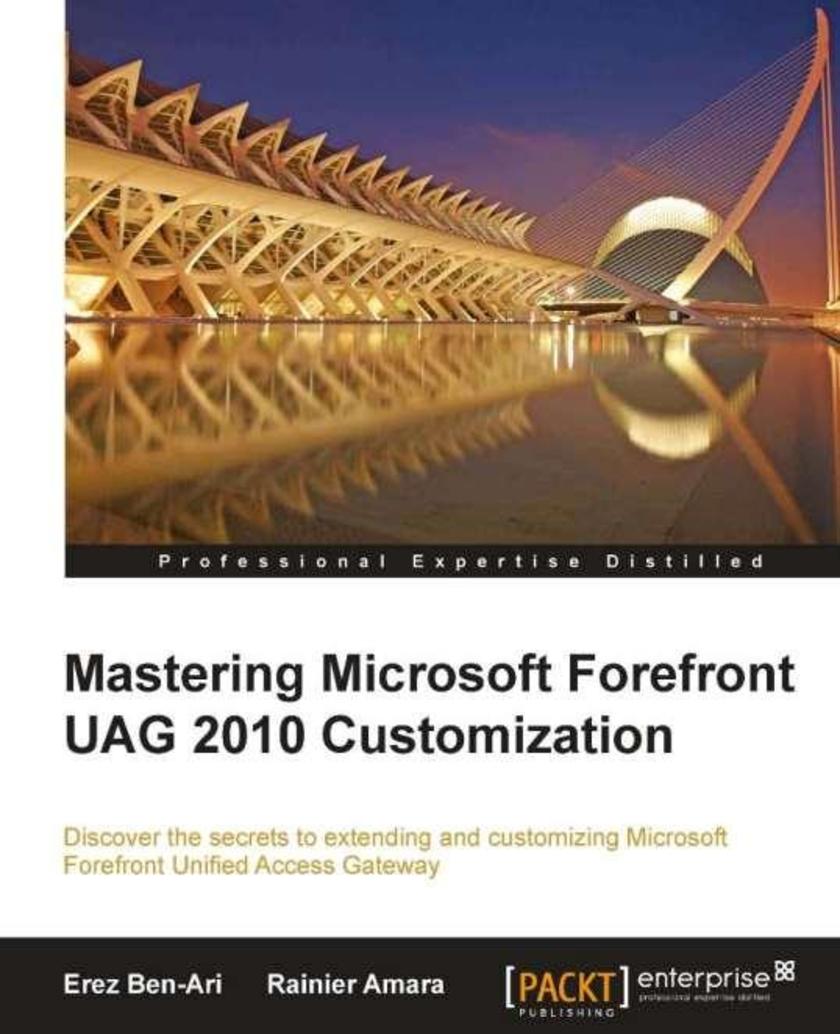
Mastering Microsoft Forefront UAG 2010 Customization
¥90.46
“Mastering Microsoft Forefront UAG 2010 Customization” is a hands-on guide with step-by-step instructions for enhancing the functionality of UAG through customization. Each topic details one key aspect of functionality and the operative mechanism behind it, and suggests functionality that can be achieved with customization, along with helpful code samples. Whether you are a seasoned UAG consultant, deployment and support engineer or a UAG customer, this book is for you. Consultants will be able to enhance the services you can provide for UAG customization, while the book helps customers to achieve tasks that have been restricted to the realm of expert consultants until now. You should have a strofng understanding of the regular functionality of UAG, as well as a solid background in web development (ASP, HTML, CSS and JavaScript) for this book to take you to the next level.
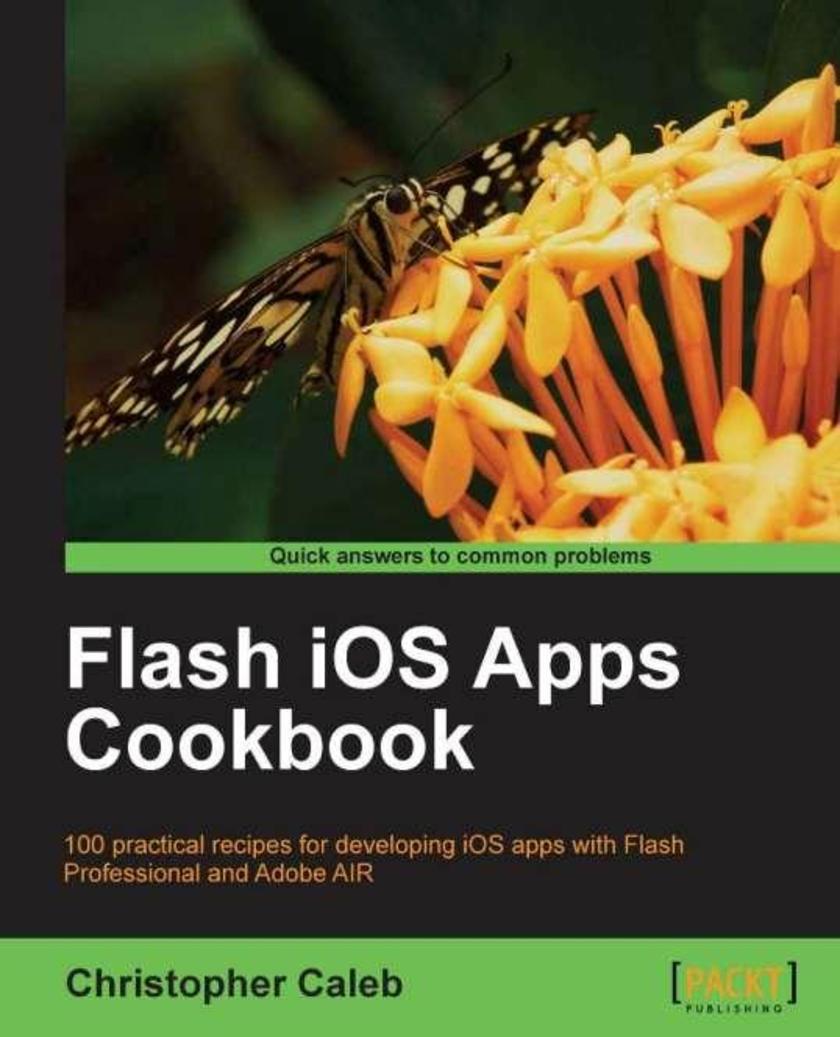
Flash iOS Apps Cookbook
¥90.46
The book is written in a cookbook style, presenting examples in the style of recipes, allowing you to go directly to your topic of interest, or follow topics throughout a chapter to gain in-depth knowledge. Flash developers or enthusiasts looking to build iOS apps using their existing Flash and ActionScript 3.0 skills.
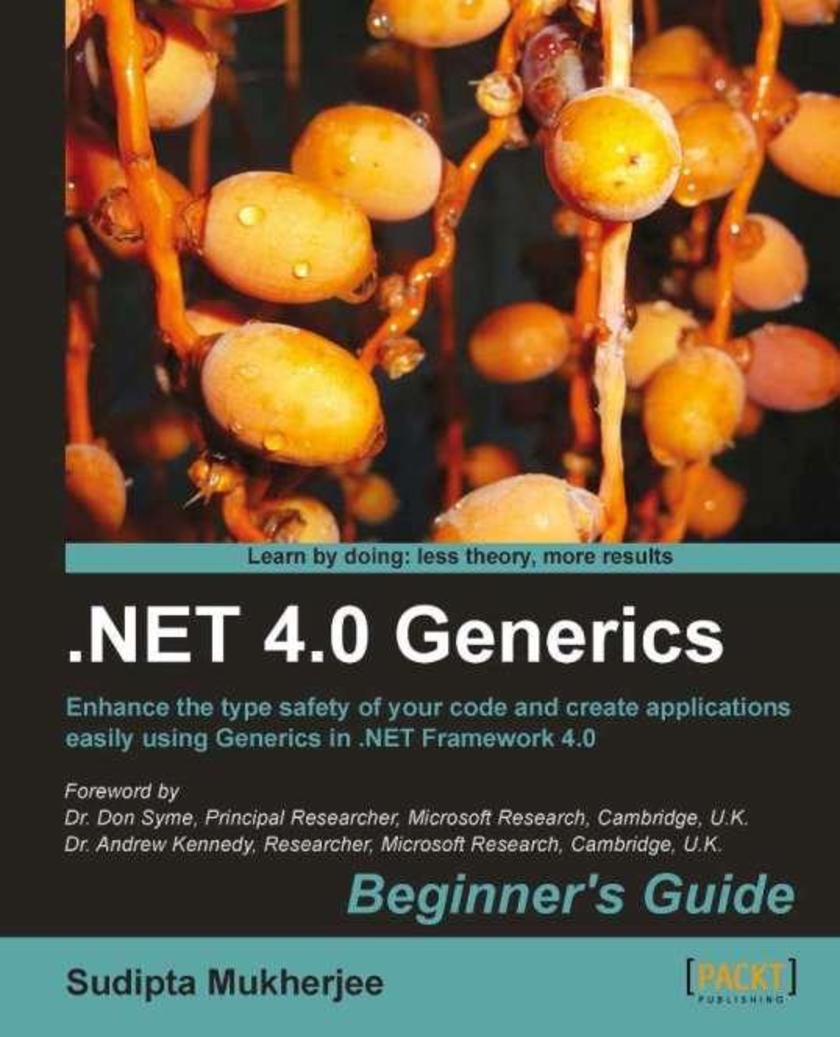
.NET 4.0 Generics
¥90.46
This book is aimed at beginners in Generics. It assumes some working knowledge of C# , but it isn’t mandatory.
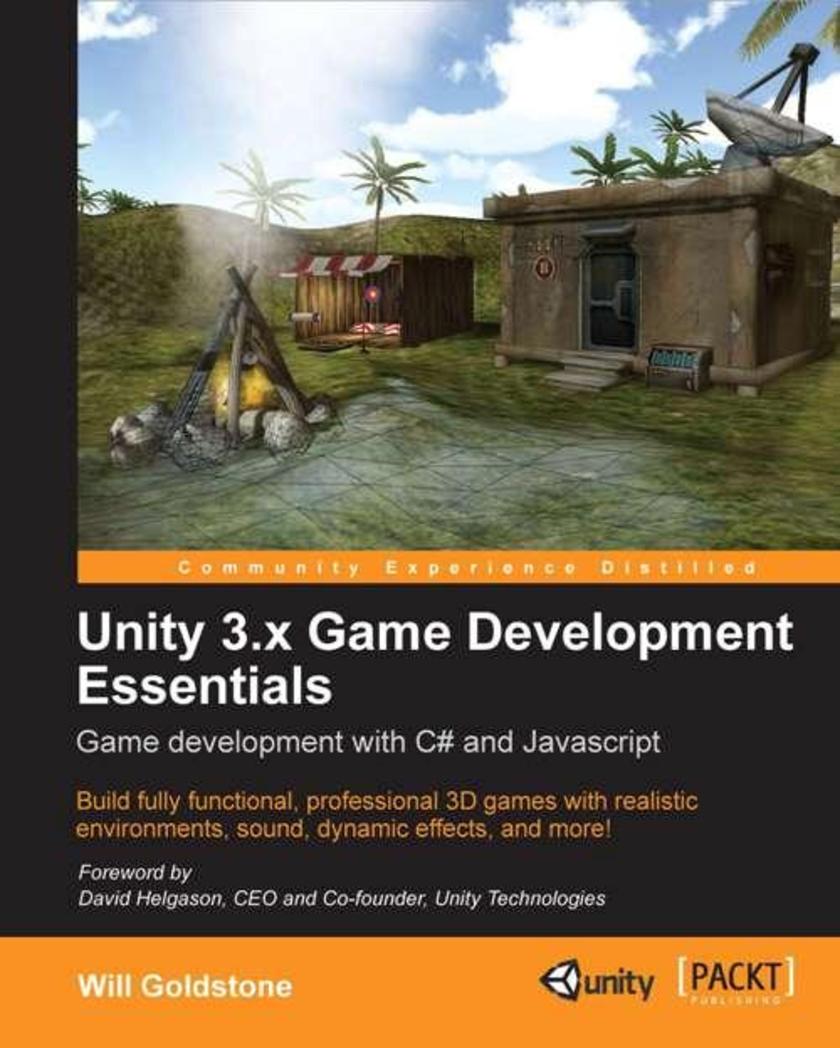
Unity 3.x Game Development Essentials
¥90.46
This book follows an informal, demystifying approach to the world of game development with the Unity game engine. With no prior knowledge of game development or 3D required, you will learn from scratch, taking each concept at a time working up to a full 3D mini-game. You'll learn *ing with C# or JavaScript and master the Unity development environment with easy-to-follow stepwise tasks. If you’re a designer or animator who wishes to take their first steps into game development or prototyping, or if you’ve simply spent many hours sitting in front of video games, with ideas bubbling away in the back of your mind, Unity and this book should be your starting point. No prior knowledge of game production is required, inviting you to simply bring with you a passion for making great games.
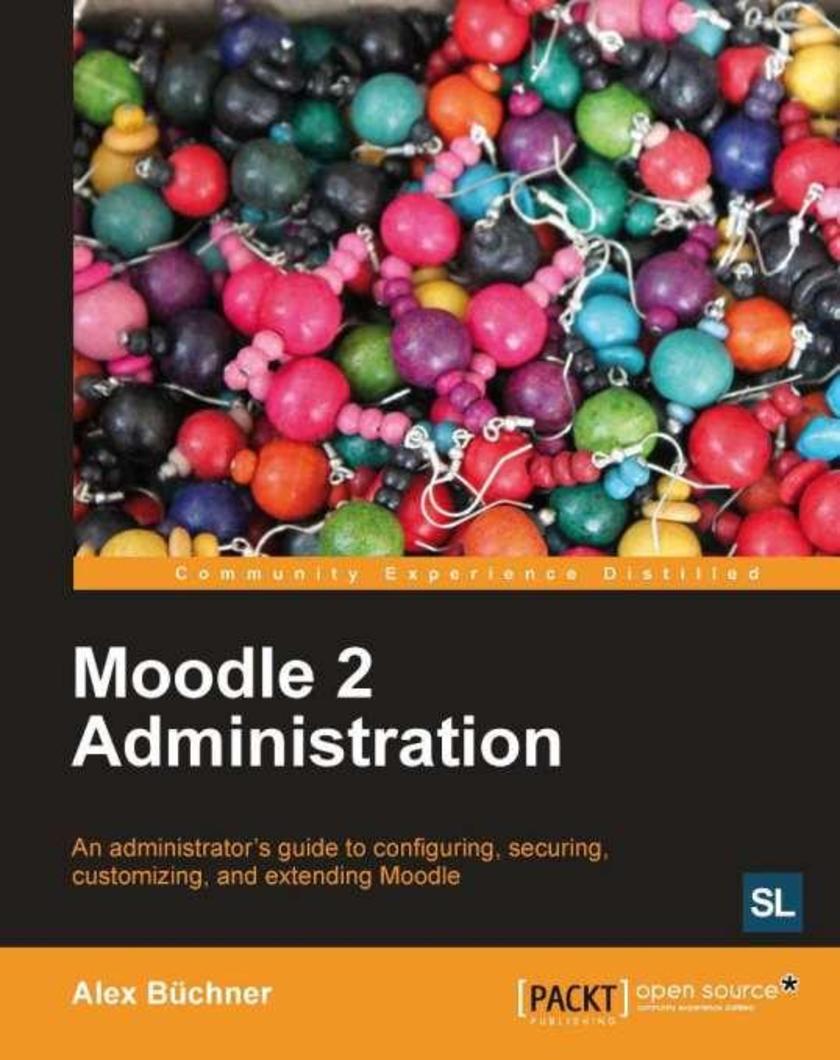
Moodle 2.0 Administration
¥90.46
Written in a clear, straightforward way with lots of screenshots and direct instructions, this book will equip you with all the tools you need to set up, optimize, extend, and maintain a Moodle system. A problem-solution approach has been taken when possible to bring the content more in line with your day-to-day operations. This book is written for technicians and systems administrators, as well as academic staff. Essentially anyone who has to administer a Moodle system. Whether you are dealing with a small-scale local Moodle system or a large-scale multi-site Virtual Learning Environment, this book will assist you with any administrative tasks. Some basic Moodle knowledge is helpful, but not essential.
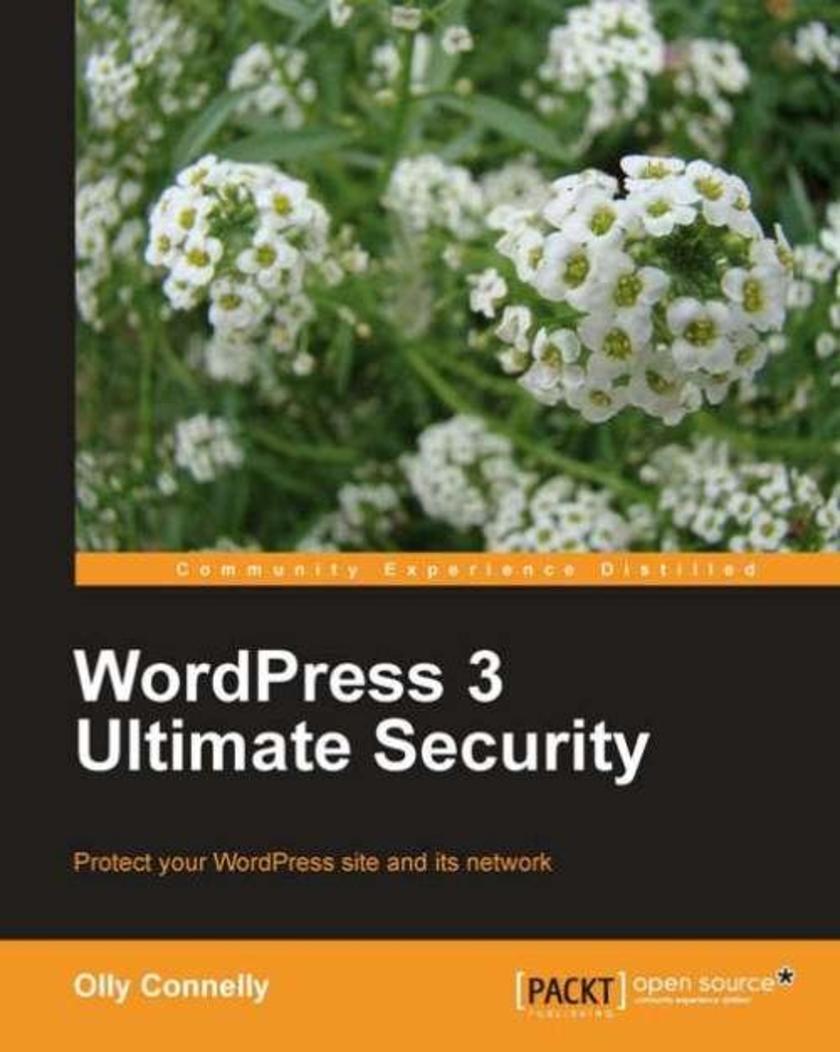
Wordpress 3 Ultimate Security
¥90.46
This is a comprehensive essential guide to WordPress security written in a light style, which converts learning a really serious topic to an enjoyable read. It is packed with copy-paste solutions to security to suit all levels of security know-how. Just as WordPress is used by a broad spectrum of website owners, with varying degrees of security know-how, so WordPress 3 Ultimate Security is written to be understood by security novices and web professionals alike. From site and server owners and administrators to members of their contributing team, this essential A to Z reference takes a complex and, let's face it, frankly dull subject and makes it accessible, encouraging, and sometimes even fun. Even if you are a total newbie to security, you can transform an insecure site into an iron-clad fortress, safeguarding your site users, your content and, sooner or later, your stress level.
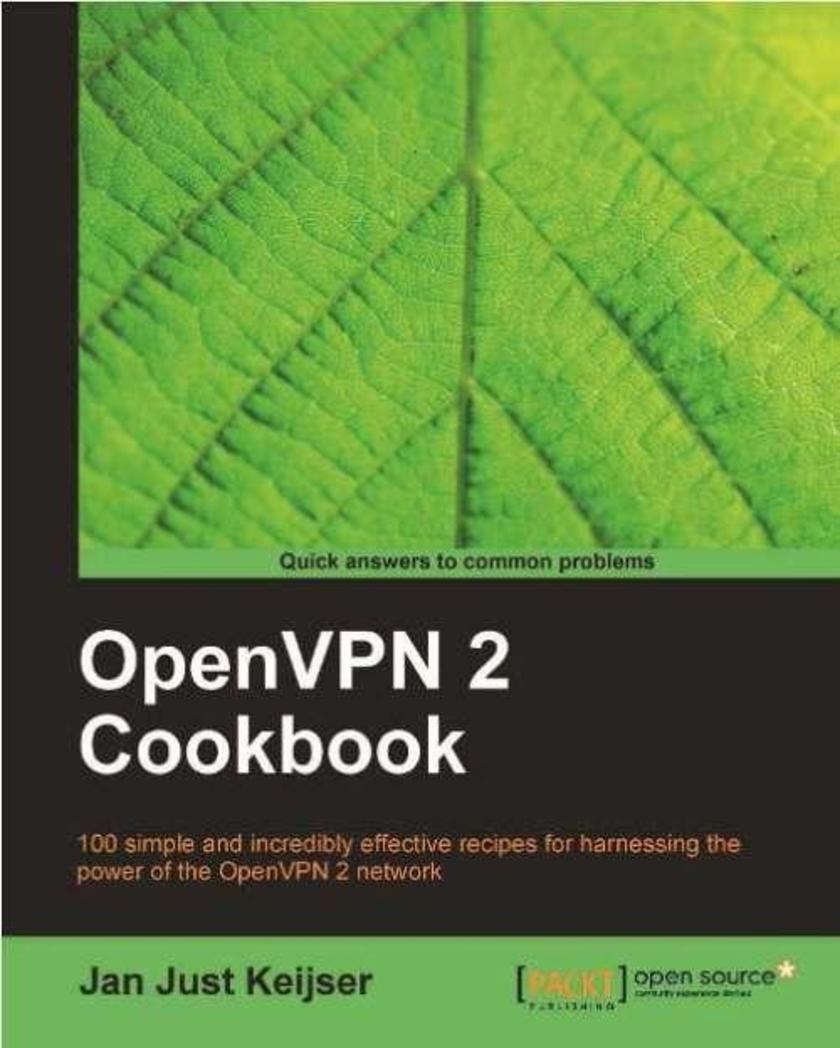
OpenVPN 2 Cookbook
¥90.46
This is a cookbook, with practical recipes providing tips and tricks to the most common problems and scenarios faced with OpenVPN. This book is ideal for system administrators and networking professionals who are interested in building secure VPNs using OpenVPN. It is preferable that the reader has a basic knowledge of OpenVPN, as well as general network administration skills.
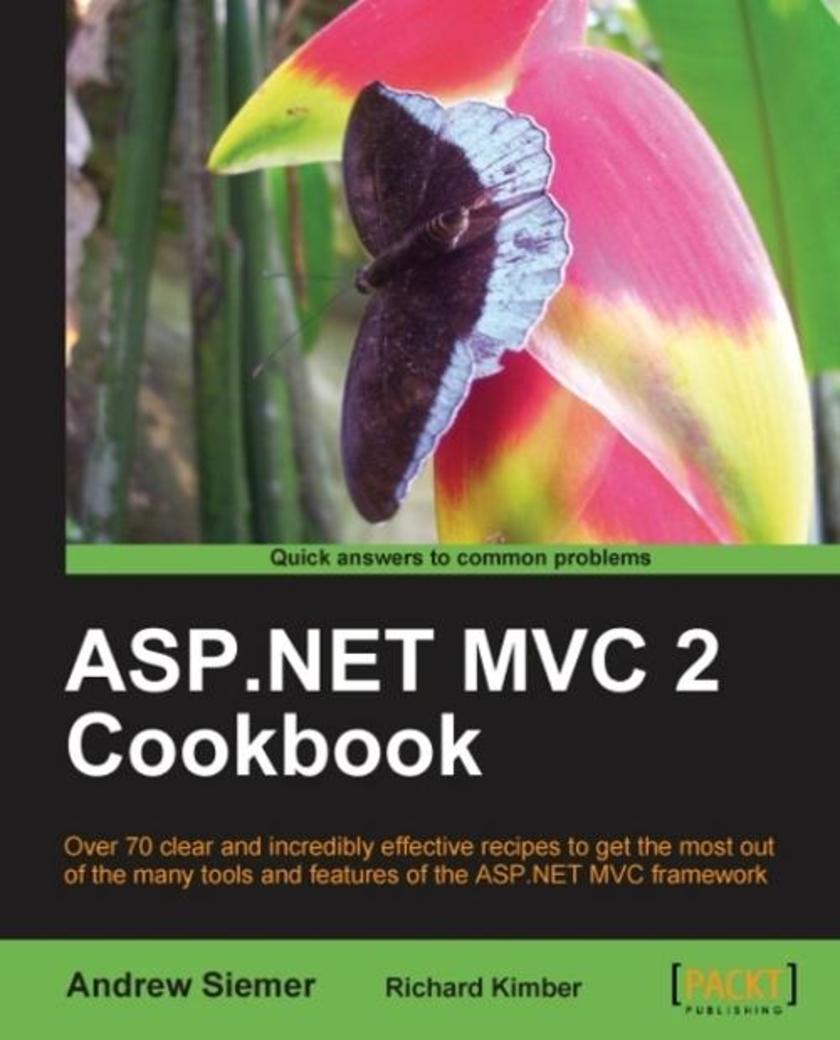
ASP.NET MVC 2 Cookbook
¥90.46
Written in cookbook style, this book offers solutions to all common web development problems through recipes. Each recipe contains step-by-step instructions followed by the analysis of what was done in each task and other useful information. The book is designed so that you can read it chapter by chapter, or you can look at the list of recipes and refer to them in no particular order. This book is particularly written for web developers looking to transfer their knowledge from the ASP.NET Web Forms way of doing things to the ASP.NET MVC framework. As this book targets readers of various experience levels, you should be able to find recipes of a basic, intermediate, and advanced nature. Regardless of your experience level, each recipe will walk you through the solution in a step by step manner that anyone should be able to follow.
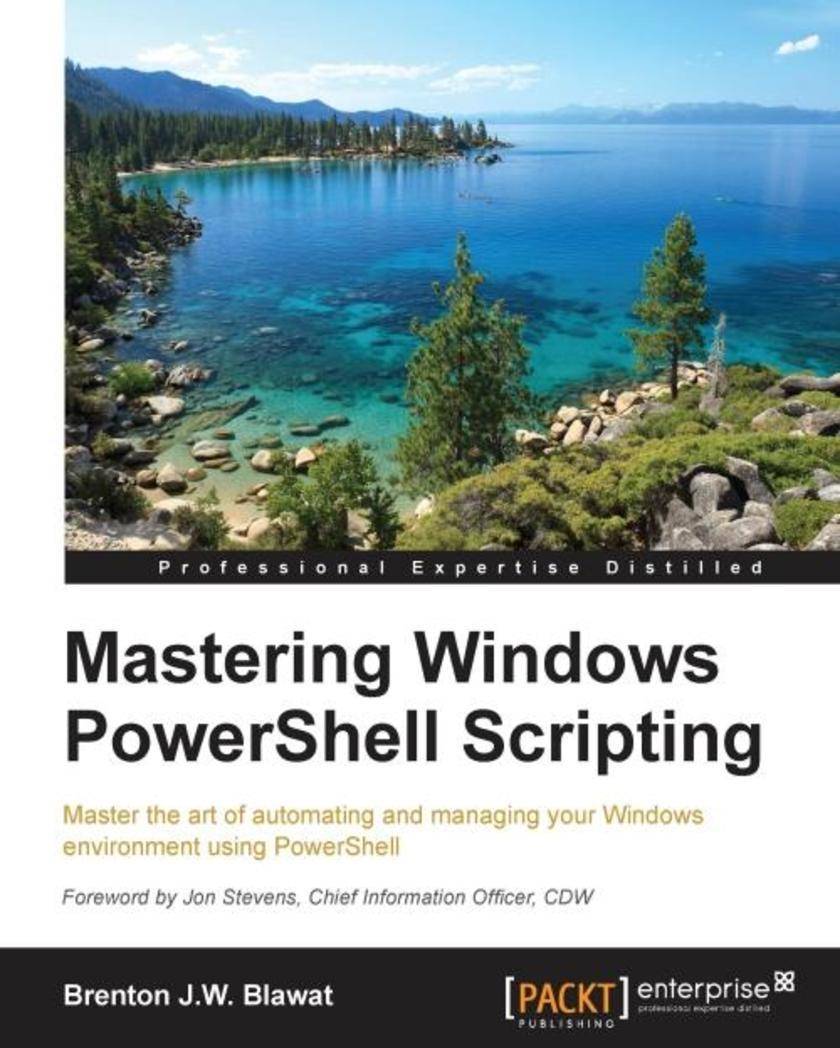
Mastering Windows PowerShell Scripting
¥90.46
If you are a system administrator who wants to become an expert in controlling and automating your Windows environment, then this book is for you. Prior knowledge of PowerShell's core elements and applications is required for this book.
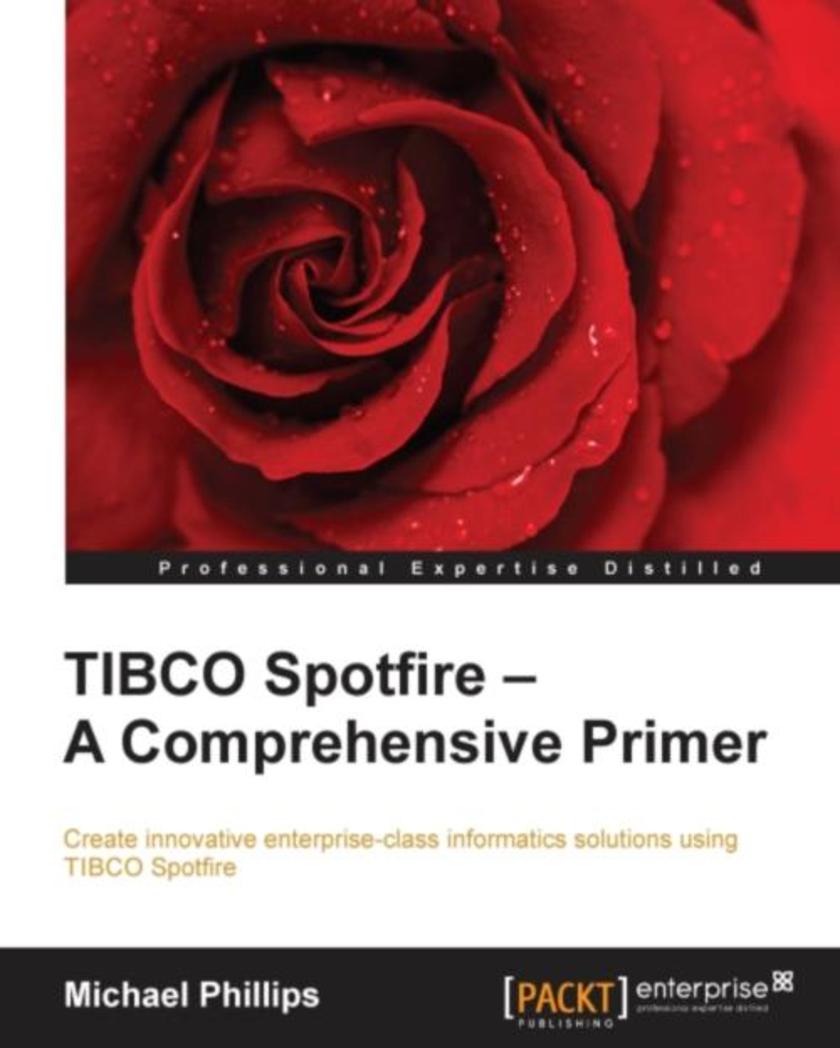
TIBCO Spotfire – A Comprehensive Primer
¥90.46
If you are a business user or data professional, this book will give you a solid grounding in the use of TIBCO Spotfire. This book assumes no prior knowledge of Spotfire or even basic data and visualization concepts.
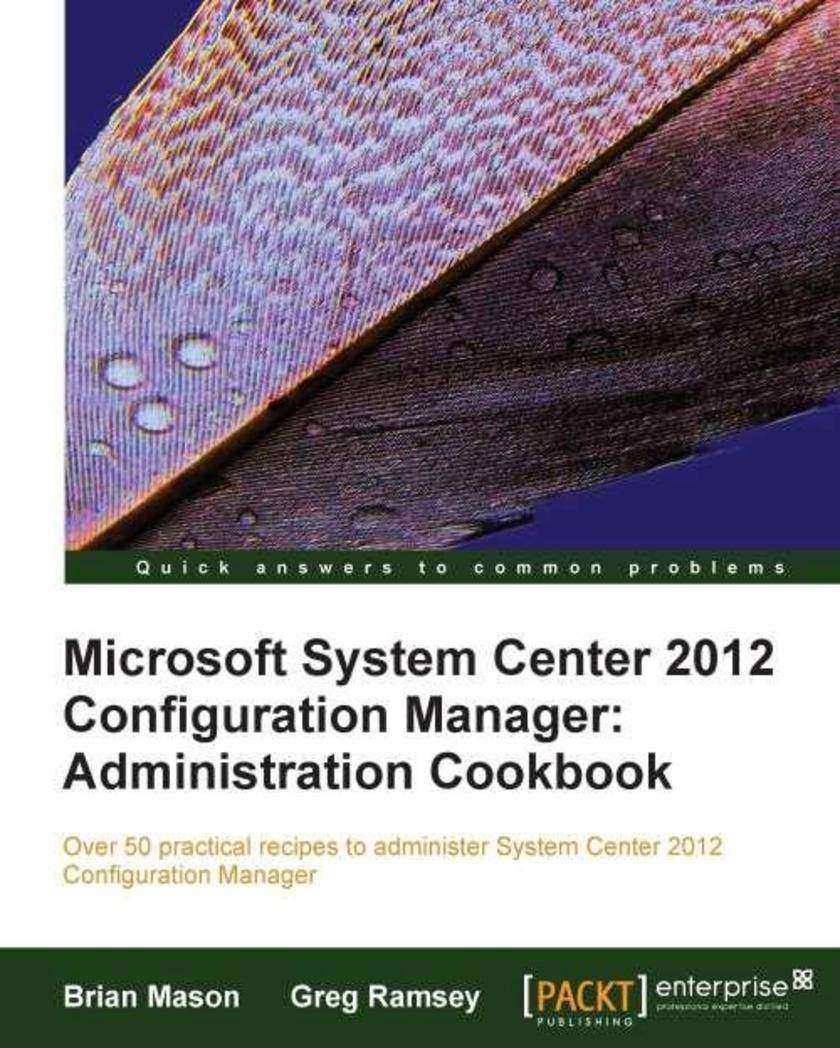
Microsoft System Center 2012 Configuration Manager: Administration Cookbook
¥90.46
This cookbook is full of immediately useable recipes showing you how to administer System Center 2012 Configuration Manager and understand how to solve particular problems/scenarios. In addition to its cookbook style, which ensures the solutions are presented in a clear step-by-step manner, its explanations go into great detail, which makes it good learning material for everyone who has experience in System Center Configuration Manager and wants to improve. The book is designed in such a way that each recipe is presented as a separate, standalone entity and reading of other, prior recipes is not required. If you are an intermediate to advanced administrator who wants to administer System Center 2012 Configuration Manager and understand how to solve particular problems/scenarios, then this book is for you. You should have a working knowledge of System Center Configuration Manager, however, knowledge of System Center 2012 Configuration Manager is not necessarily required.




 购物车
购物车 个人中心
个人中心



